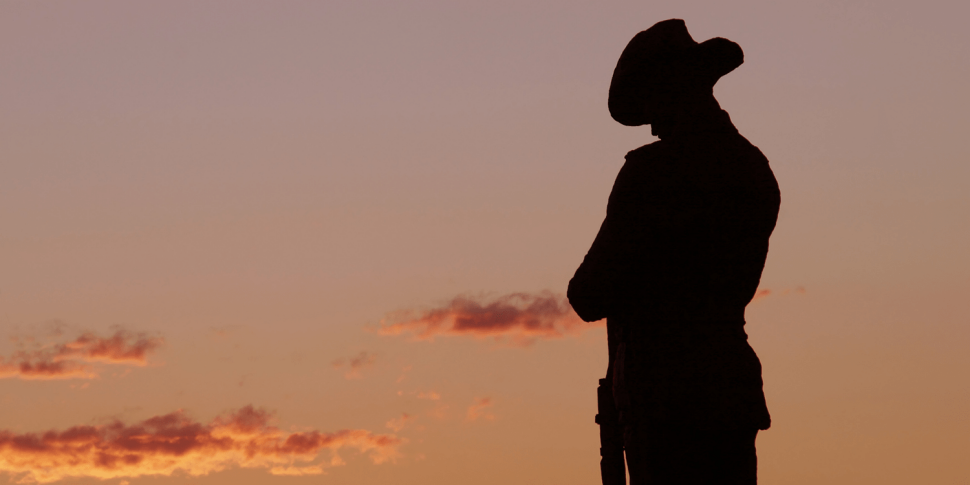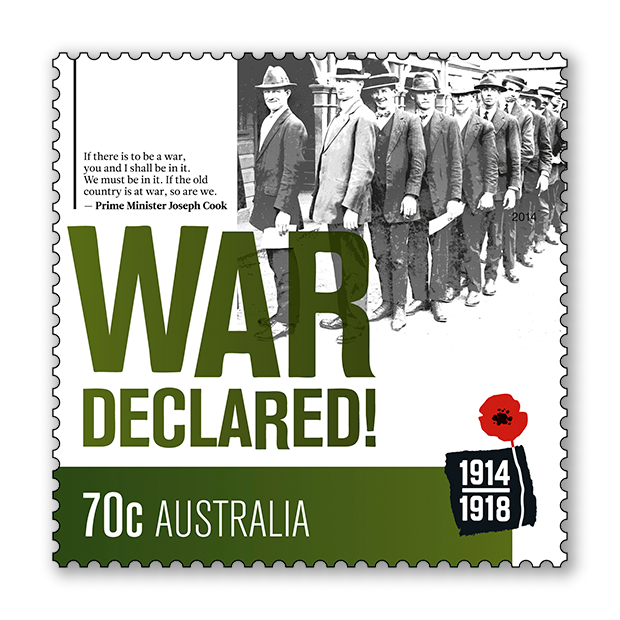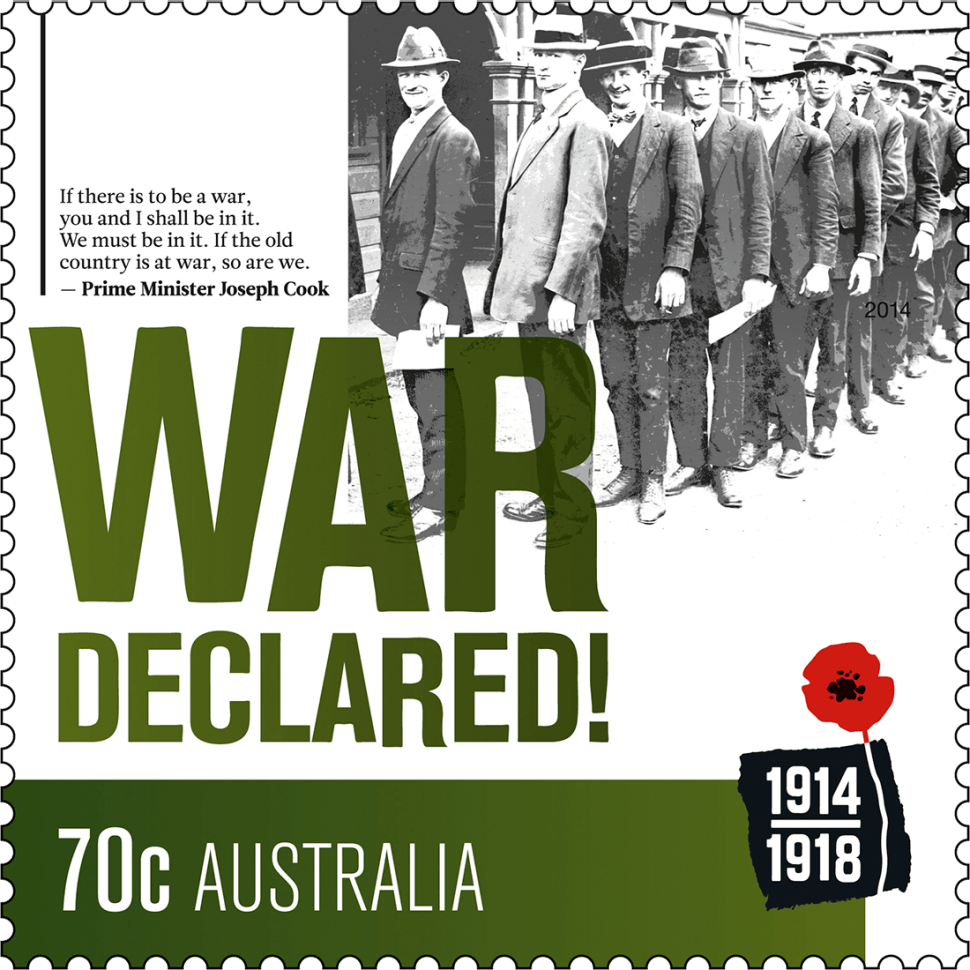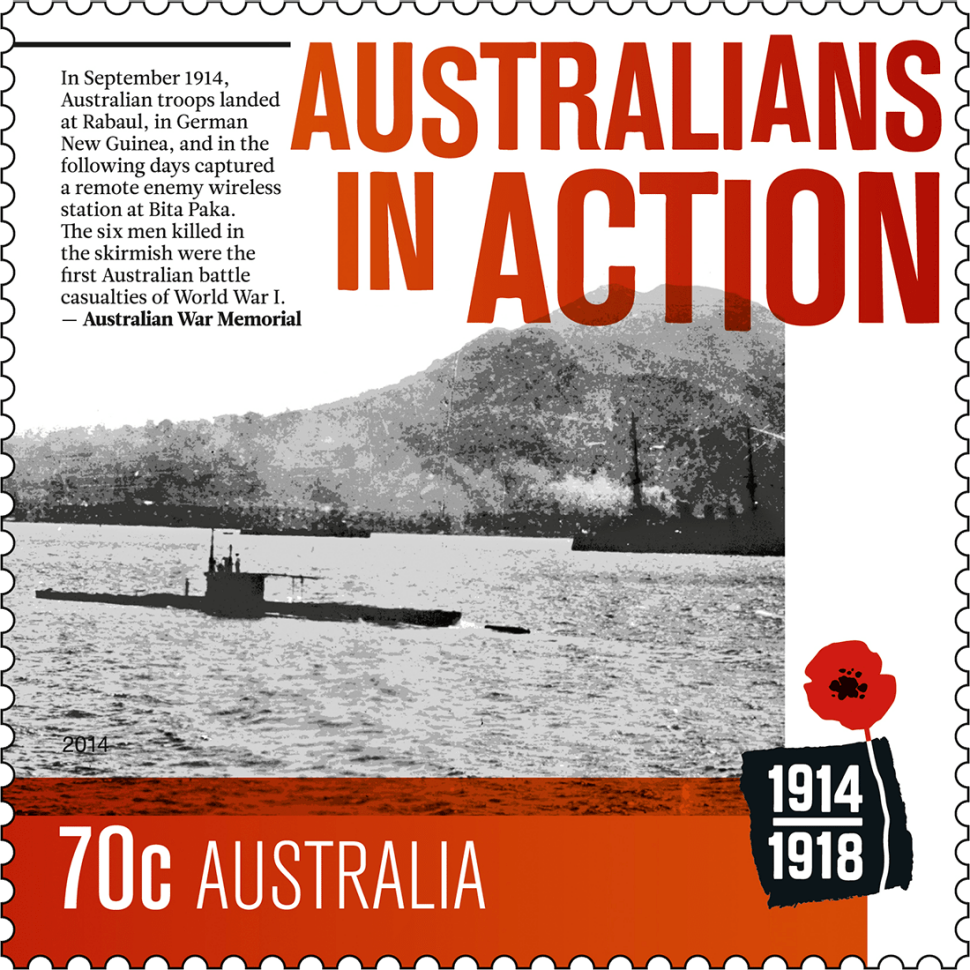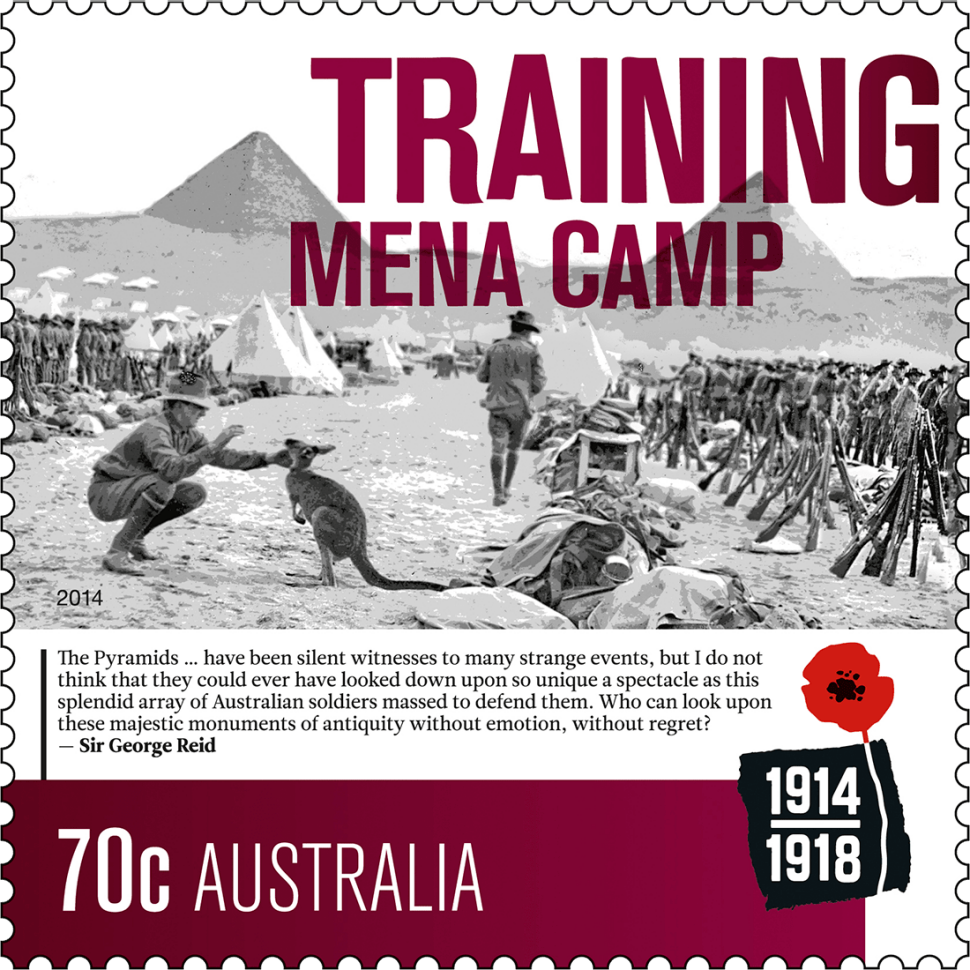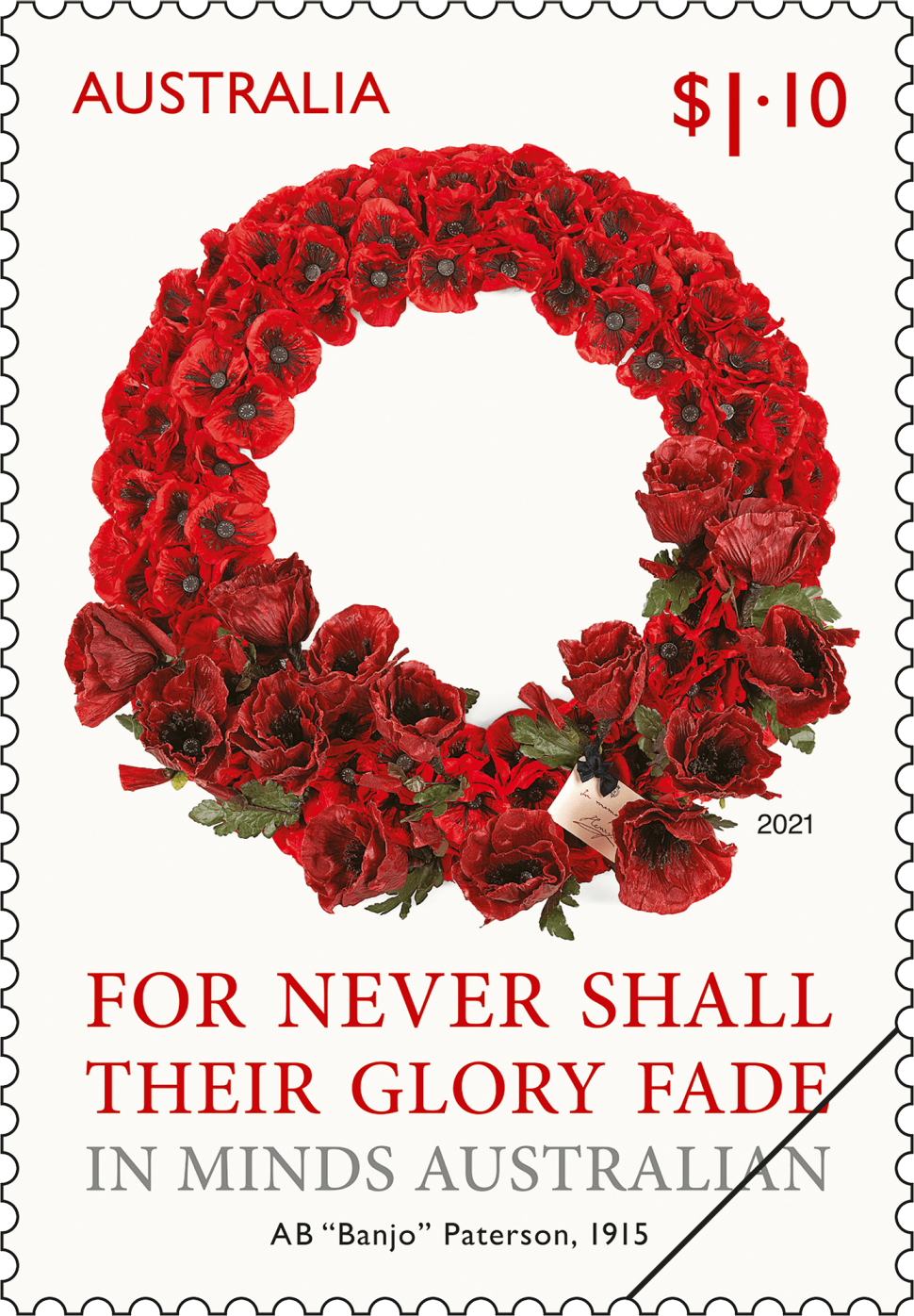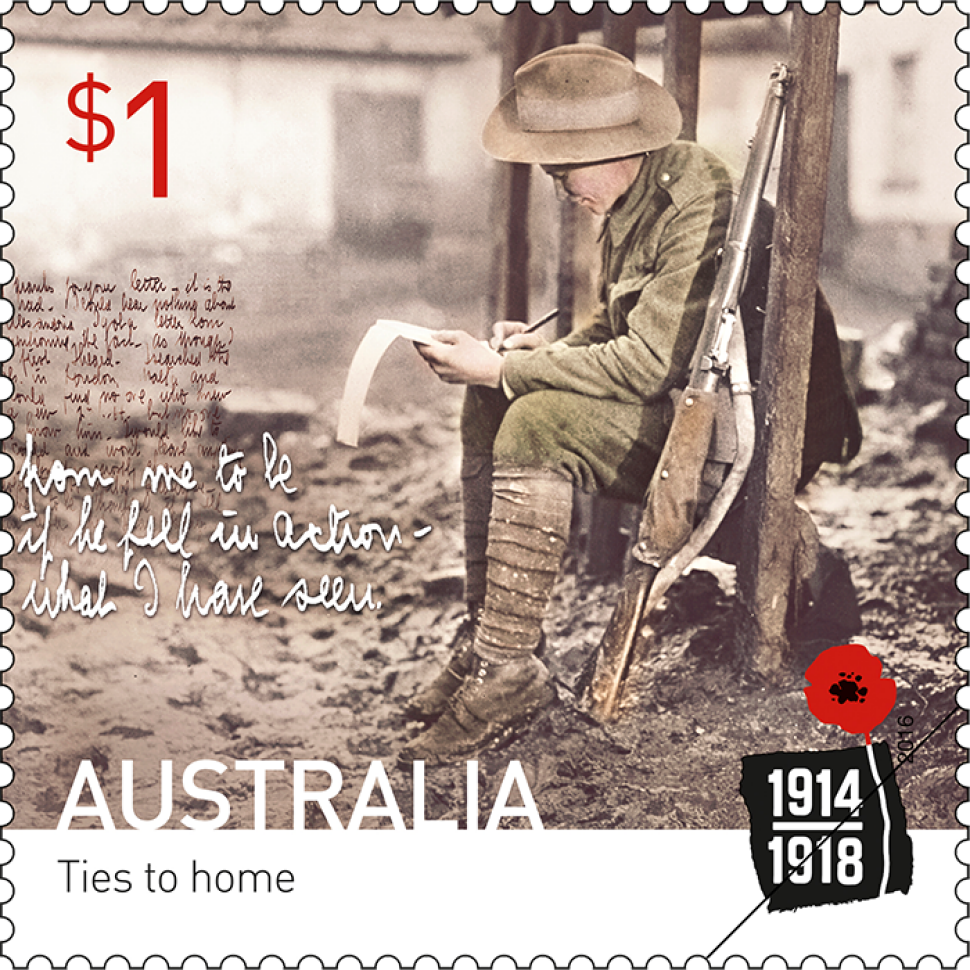This stamp issue is the first in a five-year series that commemorates World War I, the first war in which Australians fought not as colonial soldiers but as Australians. Together, the five issues in will tell a chronological story of the war, with each issue relating the centenary year in which it is released. The designs in this first commemorative stamp issue relate to Australia’s part in the first months of the war, from its declaration to troops’ arrival in Egypt.
This was the first war in which Australians fought post-Federation. It was, therefore, the first war they entered into as Australian soldiers rather than colonial soldiers, as they had little more than a decade earlier with the Boer War.
The Great War, as it was known until World War II, originated from European tensions not immediately linked to Britain. It arose from the assassination of Archduke Franz Ferdinand of Austria, heir apparent to the Austro-Hungarian Empire, by a Serbian nationalist on 28 June 1914. This act threatened the balance of the central powers in Europe. With Austria delivering an ultimatum to the terms of the peaceful solution being sought, war was inevitable. Like falling dominoes, European powers came to aid of their allies: on 30 July, Austria declared war on Serbia; Russia then mobilised forces to support Serbia; in retaliation, on 2 August Germany declared war on Russia, which also meant France was at war; and Britain declared war on Germany on 4 August, following the invasion of neutral Belgium. And so Australia and the other British dominions were also at war.
Australia lent its full support to Britain, pledging 20,000 troops and the services of its navy. Australians greeted news of the war with enthusiasm, many perceiving enlistment as an adventure abroad. The Defence Act meant that only volunteers could be enlisted, and so recruitment began on 10 August for an infantry division and light horse brigade. By the end of August, 881 officers and 19,745 men of other ranks had been recruited into the Australian Imperial Force.
The design treatment mimics newspaper reportage, one of the primary means through which news of the war circulated. The photographs are from the collections of the Australian War Memorial.
Products released in this issue
- Minisheet
- Covers (blank pictorial, gummed and minisheet)
- Stamp pack
- Maxicard (5)
- Ppostal numismatic covers (x 2)
- Medallion cover
- Booklet of 10 x 70c
- Chequebook 20 x 10 x 70c
- Gutter strips (5 x 10 x 70c)
Technical specifications
- Issue date
- 22 April 2014
- Issue withdrawal date
- 31 October 2014
- Denominations
- 5 x 70c
- Stamp design
- Tim Hancock, XSD
- Product design
- Jo Mure, Australia Post Design Studio
- Paper - gummed
- Tullis Russell
- Printer - gummed
- EGO
- Paper self-adhesive
- B100
- Printer self-adhesive
- EGO
- Printing process
- Lithography
- Stamp size
- 35mm x 35mm
- Minisheet size
- 170mm x 80mm
- Perforations
- 14.28 x 14.28
- Sheet layout
- Module of 50
- FDI postmark
- Albany, WA 6330
- FDI withdrawal date
- 21 May 2014
The first action in which Australians were involved was the seizure of German New Guinea, represented in the “Australians in Action” design. The Australian Military and Naval Expeditionary Force landed at Rabaul on 11 September, taking possession soon after. The first Australian fatalities of the war occurred during this engagement. The photograph shows the HMAS AE2, Australia’s newly acquired submarine, entering Rabaul Harbour.
Photo: Australian War Memorial A01404
While the Australian Military and Naval Expeditionary Force was taking possession of the German colony in the Pacific, troops at home were being readied for departure for Europe. The enthusiasm of these early recruits is evident in waving men in the “Troops Depart” design.
Photo: Australian War Memorial A03272
With Turkey entering the war once the Australian and New Zealand convoy had left Albany, the troopships were diverted to Egypt. Here, they trained at Mena Camp, in the shadow of the pyramids. The stamp image shows lines of 9th and 10th Battalions at Mena Camp, one soldier playing with a camp mascot. Soldiers brought several native animals to Egypt, some of which were given to the Cairo zoo when the troops left for Gallipoli.
Photo: Australian War Memorial C02588
This content was produced at the time of the stamp issue release date and will not be updated.
